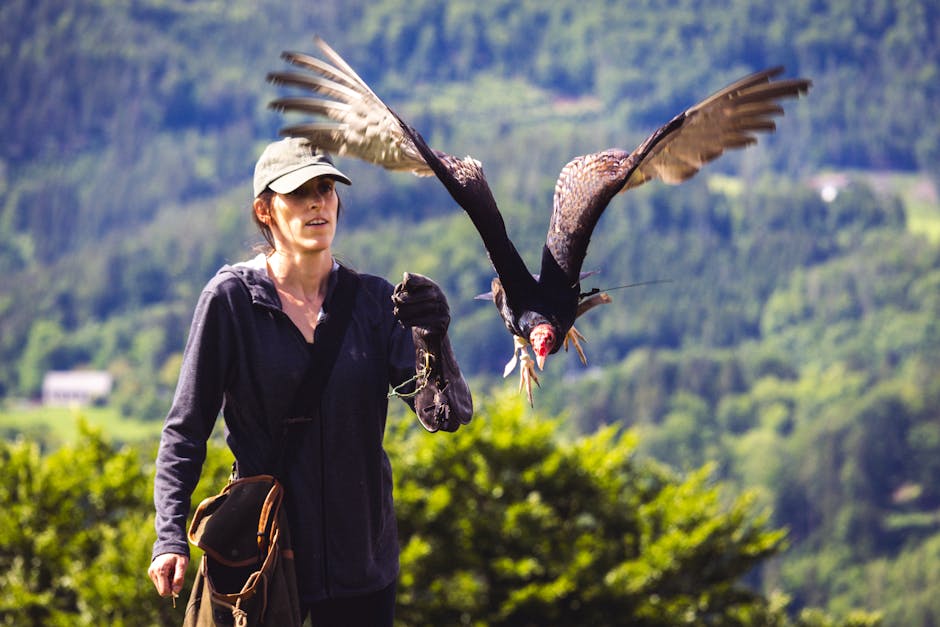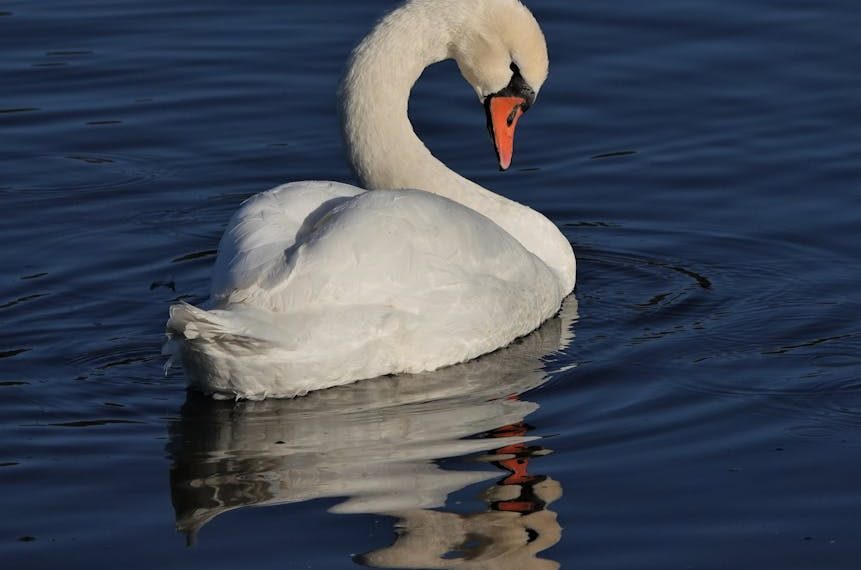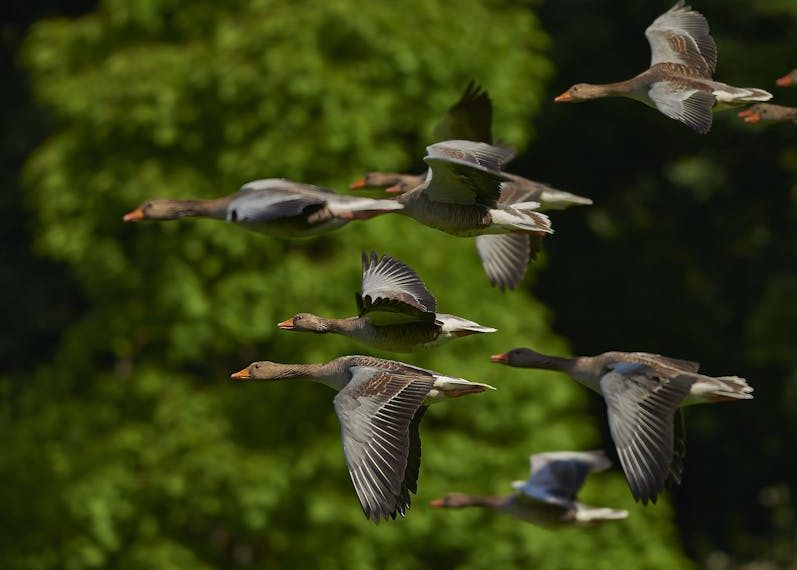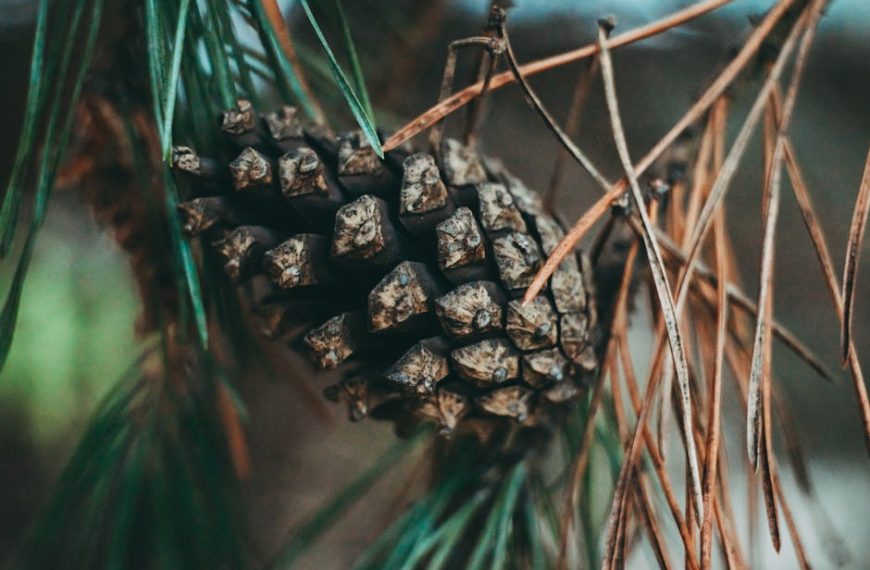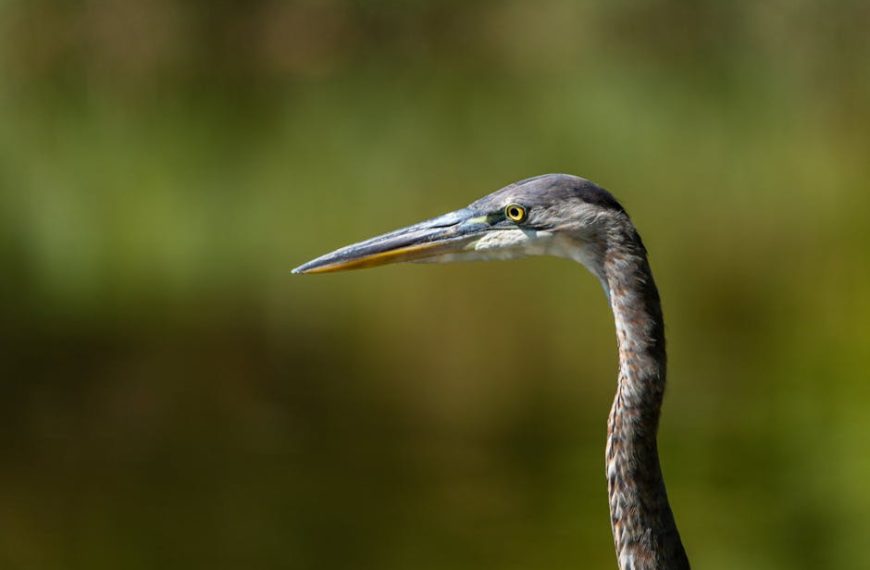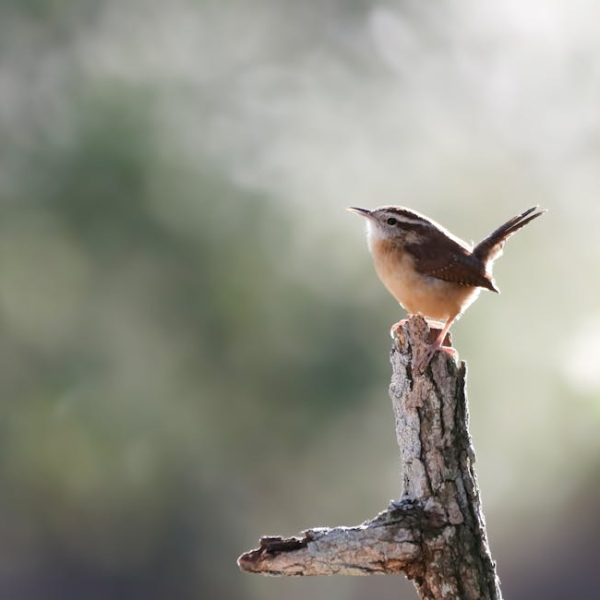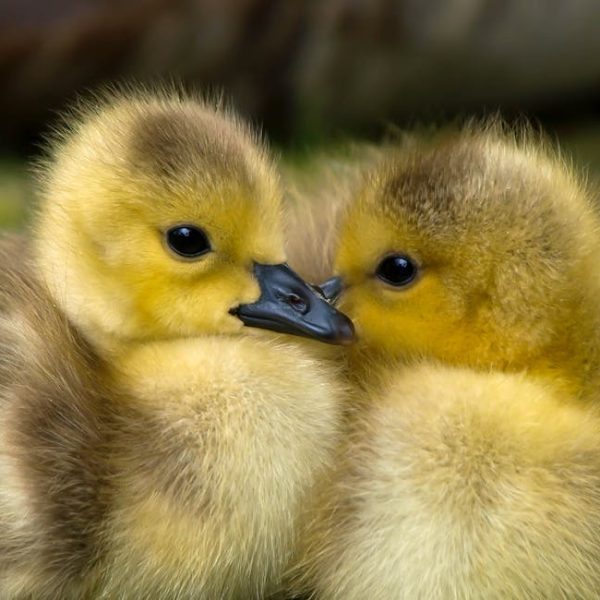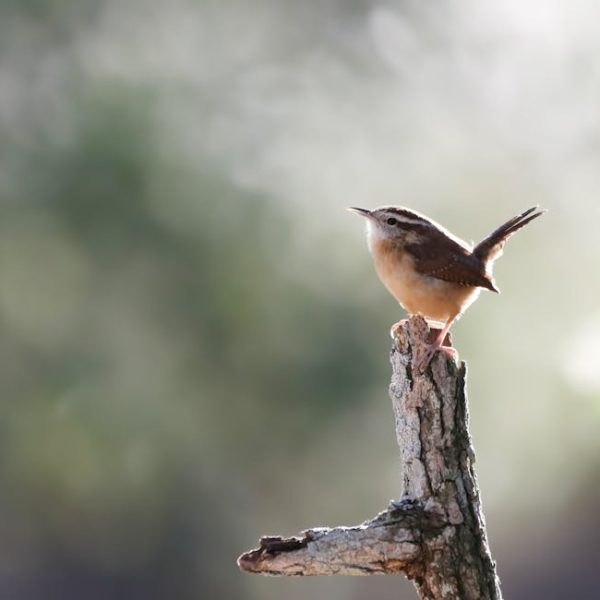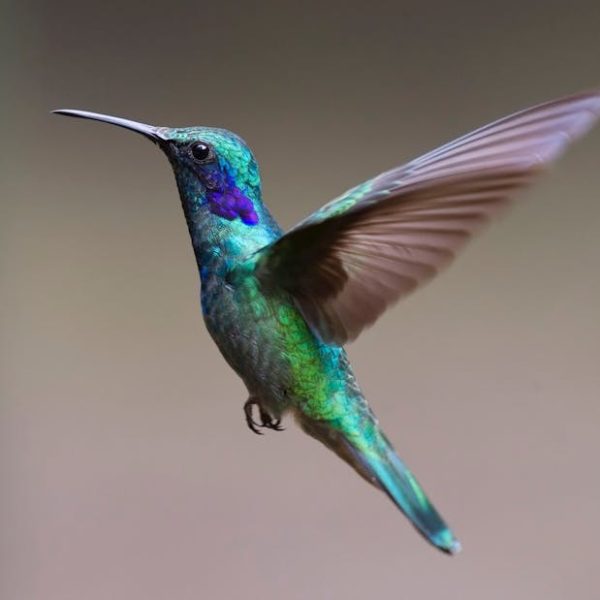Anxiety can surge when you walk into your pole barn and find birds fluttering around—annoyingly singing, scattering feathers, and leaving behind unsightly droppings. While these feathered guests may seem harmless, birds in your pole barn may pose health risks, cause significant damage to stored supplies, and create annoying noise. The good news is that there are effective ways to keep birds out of your pole barn, ensuring it remains clean and free of avian infestation.
Firstly, it’s essential to understand why birds, especially sparrows and pigeons, are attracted to pole barns. The barn typically provides a comfortable living environment for them. It offers shelter against harsh weather conditions, keeps predators at bay, and may also serve as a gratifying buffet if it’s laden with accessible food. Additionally, barns invariably provide various nooks and crannies where birds can build their nests in peace.
Here are some key points that make pole barns alluring to birds:
- Shelter from adverse weather conditions
- Safety from animal predators
- Availability of food sources
- Suitable nesting sites
Some barn owners might not mind having birds around, as they can help control certain pests. However, the negatives such as noise, droppings, damage to property, and potential disease overshadow the benefits.
To discourage birds from entering your pole barn, various preventive measures can be employed. Cleanliness can’t be stressed enough— regular tidying up ensures the barn doesn’t have scattered grains or bugs that birds find edible. Securing food or seed sources in sealed containers can also reduce the appeal of your barn as a dining spot for birds. Disrupting potential nesting sites by sealing off open areas and crevices could further dissuade these winged intruders.
The key preventive measures against bird infestation include:
- Regular cleaning of the barn
- Securing all food sources
- Disrupting potential nesting sites
To magnify your efforts, consider implementing professional cleaning schedules for your barn, especially where food items are stored frequently. Also, pay keen attention to signs of new nests so you can deter the birds before they settle.
Despite these preventive measures, some stubborn birds may persist. At this point, employing non-lethal deterrents is necessary. These deterrents include bird netting, spikes, various forms of decoys, reflective surfaces, and bird deterrent sprays. Bird netting or spikes can create physical barriers that prevent birds from landing or nesting. Reflective surfaces and decoys produce an illusion of motion, creating an uncomfortable environment for birds. Similarly, scientifically formulated repellent sprays discourage birds by creating off-putting smells or tastes.
Here’s a checklist of viable non-lethal deterrents:
- Bird netting
- Bird spikes
- Decoys
- Reflective surfaces
- Bird repellent sprays
For these deterrents to deliver optimal results, position them in conspicuous locations frequented by the birds. Check the effectiveness of these measures regularly and replace or reposition them as needed. Frequent cleaning ensures no particles attract birds back to your barn. Regular maintenance, especially of bird netting and spikes, is also required to keep them effective. Additionally, remember to use repellent sprays carefully and in moderation to avoid negative impacts on the environment and other animals.
Utilizing Sound and Visual Devices
If the invasion intensifies, you may have to upgrade to sound and visual devices. Primary options include bird scarers and repellers, laser bird deterrent devices, and visual predator deterrents. These devices create frightening sounds or sights that mimic bird predators, discouraging birds from being comfortable in the barn.
Here’s a comparison of some popular sound and visual deterrents:
| Deterrent | Effectiveness | Cost | Upkeep |
|---|---|---|---|
| Bird scarers | High | Medium | Low |
| Laser bird deterrents | Very High | High | Low |
| Visual predator deterrents | Medium | Low | Medium |
These deterrents provide an extra level of protection against stubborn birds. However, for maximum effectiveness, place these devices at strategic points throughout your barn, targeting particular areas where birds often congregate. Also, rotate their positions occasionally, and ensure regular maintenance to keep them functioning optimally.
Seeking Professional Help
Despite your best efforts, a severe bird infestation might occur. At this point, it’s highly advisable to seek professional help. Professionals possess the required expertise to effectively remove the birds, clean, and disinfect your barn. Hiring a professional might seem like an additional expense, but it’s the most stress-free, efficient, and humane way to handle a major bird infestation.
When scouting for professional help, consider the following:
- Level of experience
- Competitive pricing
- Scope of services offered
- Positive customer reviews
It’s essential to communicate your needs clearly. This means stating any special requirements, asking for references, and understanding the proposed solution’s impacts. By following this guideline, you are a step closer to managing any bird issues effectively and maintaining a clean, bird-free pole barn.
Key Takeaway:
- Birds, particularly sparrows and pigeons, are drawn to pole barns due to the shelter, safety, and food availability they offer.
- The impacts of birds in pole barns can be both advantageous and disadvantageous. However, the potential damage, noise, and health risks they pose tend to outweigh the benefits.
- Regular cleaning, securing food sources, and making the barn less appealing for nesting can deter birds from entering.
- Non-lethal deterrents, like bird netting, spikes, and decoys, can keep persistent birds at bay.
- Sound and visual deterrents, such as bird scarers and laser bird deterrents, can increase the effectiveness of bird control.
- In the case of a severe infestation, professional help may be necessary, considering their expertise in bird removal and cleanup.
While it may seem cumbersome, protecting your pole barn from bird infestation is essential for your health and safety, as well as maintaining the barn’s sanitary and structural integrity. Remember, being proactive pays, so don’t wait until a problem occurs. Take steps now to discourage birds from making a home in your barn, and you’ll be grateful for the peace of mind.
FAQs
Q: What kind of birds typically infest pole barns the most?
A: Mostly sparrows and pigeons are attracted to pole barns due to their comfort and sheltering nature.
Q: How does regular cleaning help in deterring birds?
A: Regular cleaning ensures there’s no scattered food attracting birds. It also helps in identifying and disrupting any new nesting sites.
Q: Can non-lethal deterrents completely keep birds away?
A: While these deterrents significantly reduce bird infestation, some stubborn birds may still persist. In such cases, sound and visual devices can be utilized.
Q: Do sound and visual devices harm the birds?
A: No, these devices do not harm the birds. They only produce frightening sounds or sights that discourage birds from entering the barn.
Q: When should I seek professional help for bird infestation in my pole barn?
A: If despite your best efforts, a severe bird infestation occurs, it’s advisable to seek professional help.
Remember to share this article and browse through other posts on our website for more helpful tips and tricks!
